Hello, beautiful people of my heart!
Another pilgrimage for your heart
Do you remember when I told you in Pilgrimage with Sophie: Yai's sinking that I was going to start from the end to the beginning? Well, this is the beginning. The tour started with this wonderful stop: A cooperative association. Don't be alarmed by its name, it's really awesome, so... Let's go for it!
To begin our adventure in Sanare ─at the same time that we finished our posts in that magical place─ we visited the Cooperative Association "Production Unit March 8". It was a very short and limited stop due to the fact that there were two more places to visit ─as you will know from my previous posts: The Aroa Chunai Museum and the Yai's sinking─ so we had to balance as much time as we could because we arrived late at Sanare; the buses from Barquisimeto were too late.
Taking out the time we lost to start the tour, the road was not in good condition either; it was only dirt, delaying us even more. But when we arrived it was all worth it; discovering the effort of the people who worked in the food factory to help all the members in the community is something really remarkable: all the food produced was sold at very low costs in consideration of those with few economic possibilities.
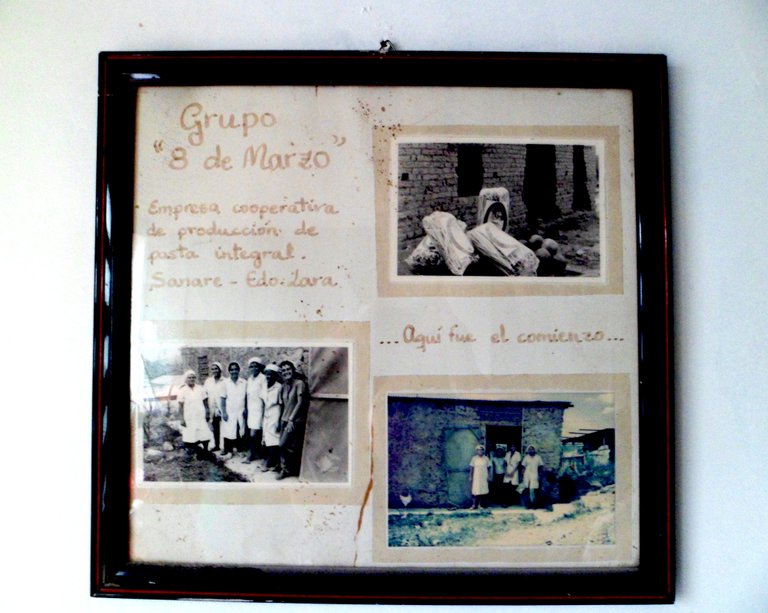
The Production Unit "March 8" had a very difficult beginning.

We're going to visit a food processor!
Created in 1984 with the mission of encourage the healthy ingestion of whole foods, including selling these foods at prices affordable to all consumers, the "8 March" group opens its doors in a small hut in the community of Palo Verde where comfort was not really its strong point. In this small hut was the dream of several women** to promote that each family in the community receive, at the lowest possible cost, the opportunity to eat food that would help a healthy diet. They also wanted that each house had the wish to create gardens that would be useful for the healthy nutrition of everyone at the village.
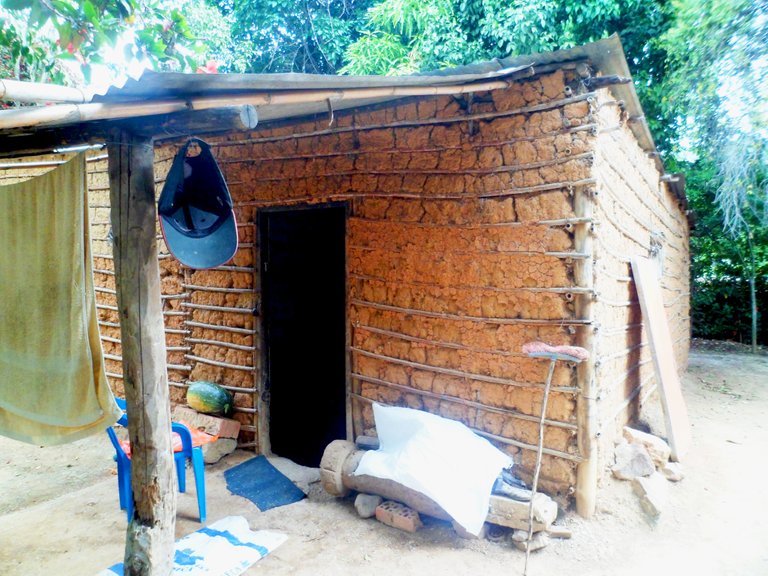

The sexist perspective of that time made even more difficult the beginning of 8 women who, with their effort, made their own place in the doctrine, joining their efforts between genders to carry out the objective of the group. It was called "March 8" specifically to honor the women who were founders; to glorify their courage along with the importance of their work in that and any other community.
Personally, I admire all the courage that took them to develop this initiative for the community; they did not allow themselves to be overwhelmed by adversities and with determination they achieved a goal that perhaps at that moment to many people seemed unreachable or ridiculous. We must never give up on our purposes no matter how distant they may appear.
But who were these brave women?
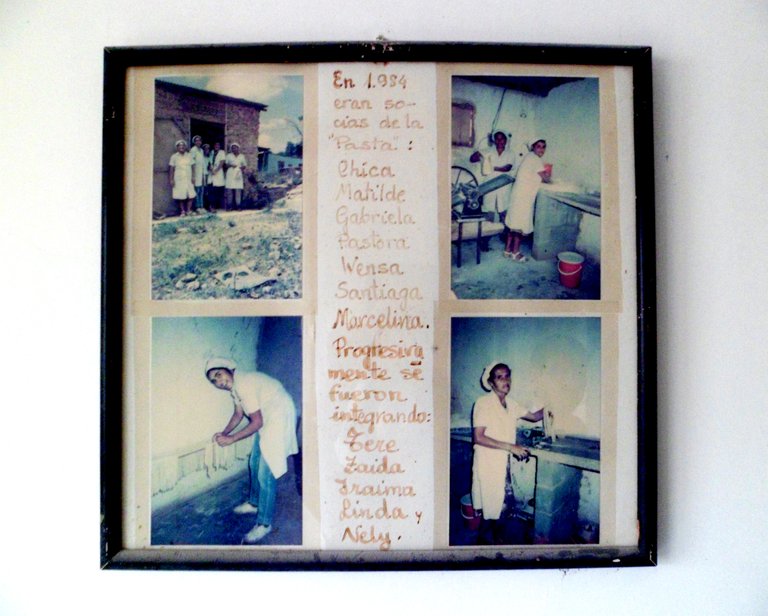
As you can see from the picture above, at first there were 7 women who were responsible for giving life to this wonderful processor. Then another 5 joined them. But, how did they do it? how did they give any shape to the products they had in mind? It was harder than it seemed.
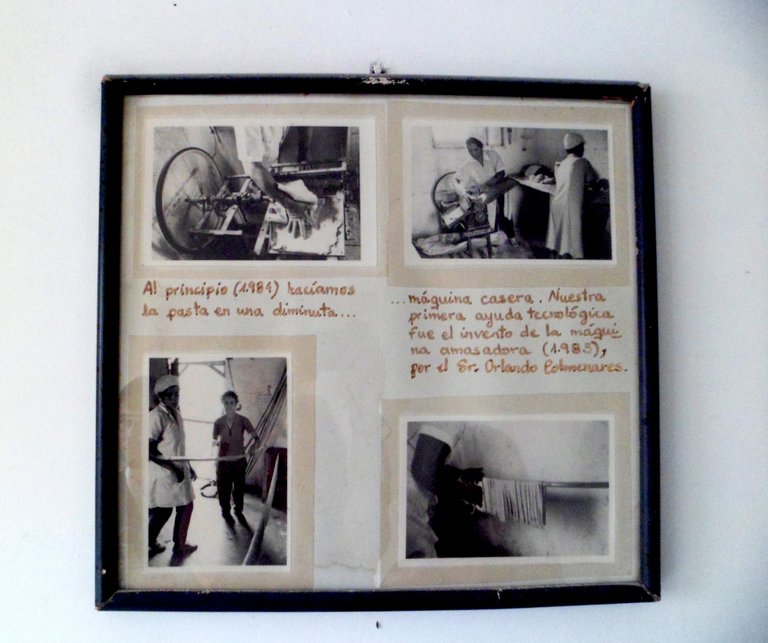
IInitially, only one food product was created: pasta. With the help of the great technological advance, the first big machine used was the kneader. But it was a challenge to use it; between all the women who worked there, having 16 uninterrupted hours of progress, only 6 kilograms of pasta were made per day. It was another challenge between all of them. However, the progress increased. The machines kept arriving and the result was multiplying. They made not only pasta, they made granolas and whole rice, as well as bran.
At the end of the day, it was possible to set up a storage area for all the new machines and the space was considerably more comfortable. The production of pasta per day increased to 5000 kilograms. And with all the profits, the cooperative had an important role in the construction of the "Unidad Educativa Escuela La Zaragoza". Which is managed and administered by the community.

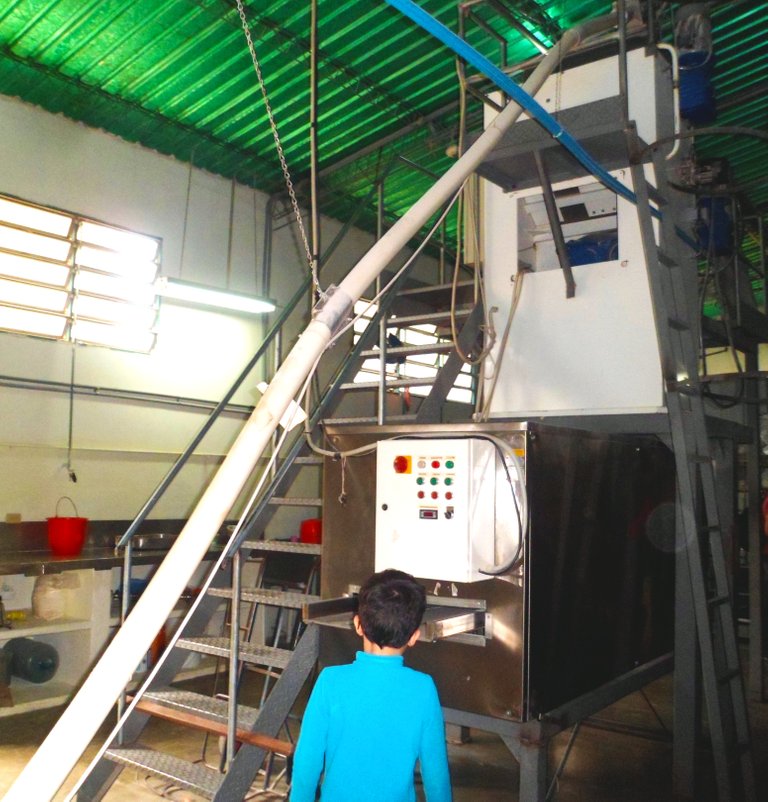
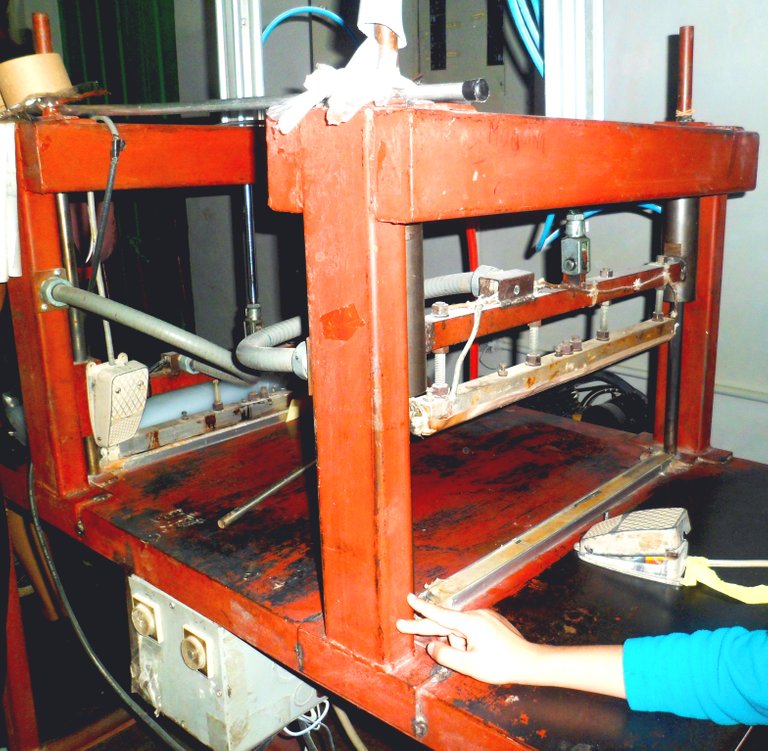
These are machines which are used in the process of making food products. After several phases in the machine, the highly expected product is created. The pasta arrives in different presentations in terms of flavor.
In this tour, unfortunately, the only product available was pasta. So I only was able to take a photograph of it. To finish with this series of posts at Sanare.

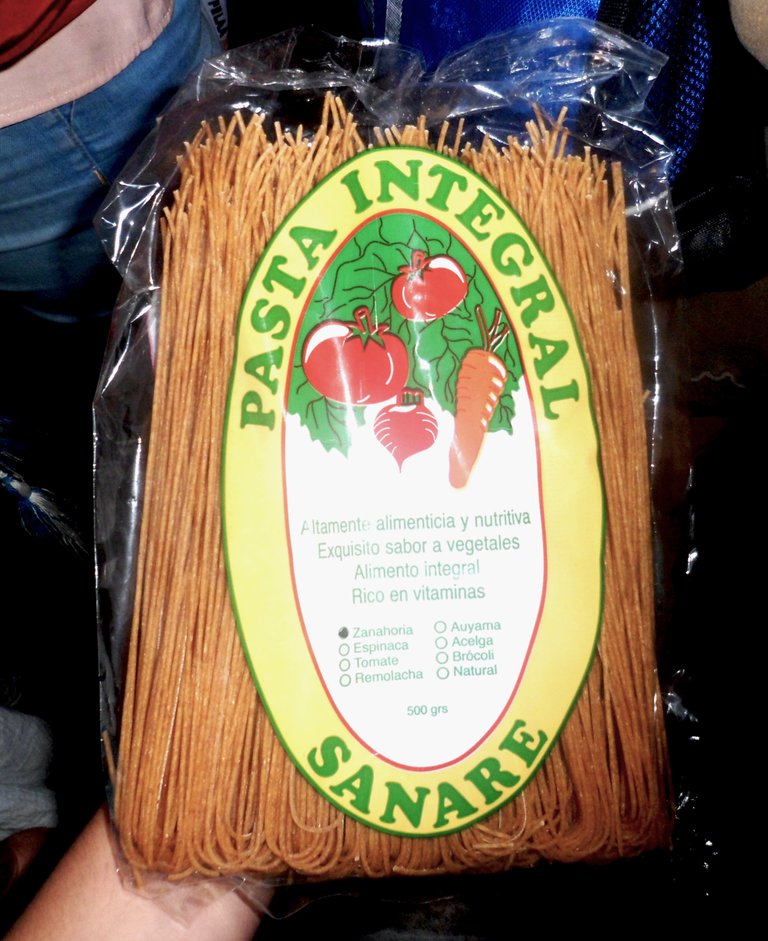
Honestly, this first stop was unparalleled. The women are the bosses of the community. They, although difficult at first, were able to prove their worth in food production. Thanks to the union, effort and fight of all, they were able to have their own healthy food factory.
The villagers are all very friendly. Since we arrived, the houses surrounding the factory gave us mangos, mint, water, bananas and more. All the villagers know their history, their descendents, the history of the factory, of the museum, of the sinking... each of them cares and appreciates their oral history, taking care of their origins.
As I told you in my previous two posts, Sanare is a magical village. Full of green, warmth, legends, magic, rivers and a lot of love. I never imagined knowing such a special place that nobody ever talks about. Seriously, I recommend you to go and visit it.
And to finish, I left you a photograph of all the pictures that tell the story of the factory. Thank you for reading, for being, for supporting. A special thanks to you, for all your love and support.
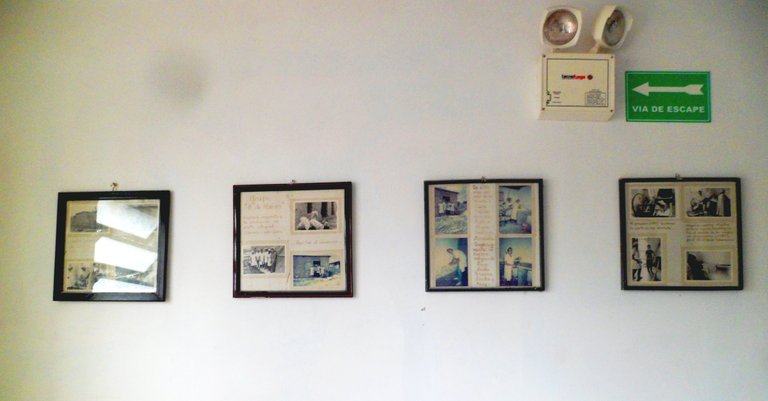

Others Pilgrimage
Pilgrimage with sophie: The Barquisimeto Museum
Pilgrimage with sophie: A room full of magic
Pilgrimage with Sophie: Yai's sinking
Pilgrimage with Sophie: Aroa Chunai Museum
Posted from my blog with SteemPress : http://sophiegeek.vornix.blog/sophiegeek/pilgrimage-with-sophie-production-unit-march-8/2018/11/18/